The Post-War Revival and Cold War Expansion: A New Era for Off-Roaders
In the wake of World War II, as the globe embarked on a path of reconstruction and faced the dawn of the Cold War, the off-road vehicle experienced a resurgence and evolution. During this period, the victorious halo of the Willys Jeep swept across both Eastern and Western camps. Its influence was tremendous—spurring a newfound fondness for this vehicle class within the Western world and a spurred generation of light off-road vehicles within the socialist bloc. Icons like the Land Rover, the Nissan Patrol, and the Toyota Land Cruiser—among them, of course, the renowned 212—crafted their own niches within the realm of off-road vehicles.
The Jeep Legacy: Paving the Future in the ’50s
Short axles, open tops, and user-friendly designs characterized the Willys Jeep and its early successors, encapsulating the post-war period and the then recuperating nations. Furthermore, the simplicity of the Willys Jeep, which, while beneficial during wartime, received numerous enhancements in the peacetime models that followed.
By 1948, Rover Company innovated upon the Willys framework to create the Land Rover, paving the way for its esteemed brand. The Land Rover boasted increased functionality and an array of product variations with its steel chassis and all-aluminum body, offering diverse configurations in wheelbase and body types. Most notably, it transitioned away from its solely military applications to serve agricultural purposes with even more vigor.
Upon release, the initial Land Rover series shone brightly in the UK and its colonies, eventually becoming an emblematic feature of the African landscape—immortalized in films such as “The Gods Must Be Crazy” and the “Tarzan” series.
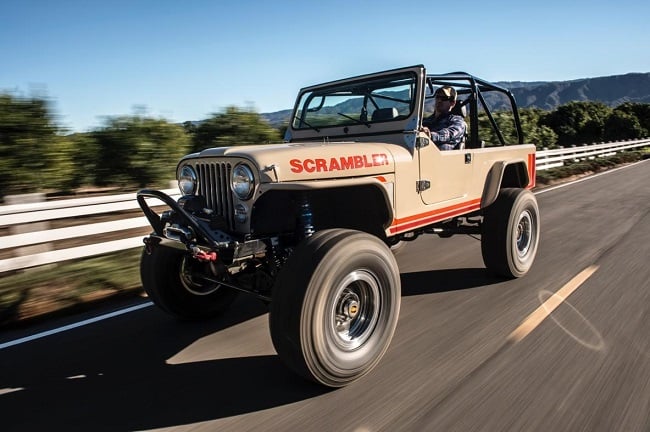
The Asian Front: Japan’s Entry into Off-Road Innovation
The outbreak of the Korean War in 1951 led the United States to re-arm Japan, catalyzing a new light off-road vehicle program that eventually birthed the Toyota Land Cruiser, Nissan Patrol, and Mitsubishi Pajero. Toyota introduced the Jeep BJ model, Nissan proposed the Patrol, and Mitsubishi, designated to fulfill the procurement plan, produced the Mitsubishi Jeep until the ’90s. Toyota’s and Nissan’s initially sidelined proposals bloomed into successful lineages—Toyota’s Land Cruiser FJ series harvested a boom in civilian orders during Japan’s post-war recovery, while Nissan’s Patrol made its mark in civil markets and later earned United Nations recognition.
In the socialist bloc, the illustrious GAZ-64, a Soviet rendition inspired by the lend-lease Willys Jeeps, emerged during the war, paving the way for the GAZ-69 in 1954. The GAZ-69 became a symbolic representation of the Soviet military’s might and was succeeded by the currently produced UAZ-469, commonly known as the ‘Hunter.’
In the United States, the prodigious manufacturing capabilities developed during the war’s later stages and a surplus of Willys Jeeps being released into the civilian market propelled the model’s popularity. Yet, this same surge held back further developments and enhancements to the original Jeep concept, particularly when compared to the leaps made by its larger successors.
Advancements and Differentiations: The ’60s Off-Road Revolution
Throughout the ’50s and into the ’60s, the classic light off-road vehicle retained the dependable traits of the Willys Jeep—short axle, open-top, coupled with ladder-frame and non-independent suspension—but eschewed overly battlefield-centric elements of its progenitor in favor of optimization. For instance, the Land Rover Series I introduced enclosed doors, the GAZ-69 featured a four-door design, and the FJ series expanded to offer more body type variety and developed proper trunk spaces.
As we enter the ’60s, the role of light off-road vehicles as tools for agriculture and utility shifted to a more nuanced function, driving global economic revival alongside the ubiquity of compact city cars, with utility remaining a prominent aspect.
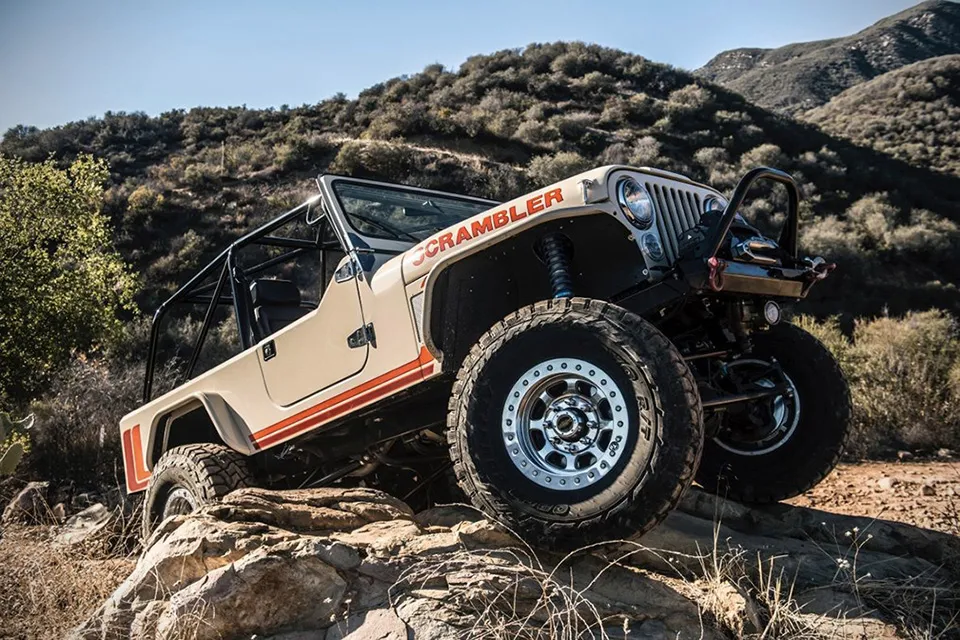
The Transformation Era: Comfort Meets Utility in the ’60s
With the backdrop of a booming post-war economy and socialist ideology making headway against capitalist contradiction, the light off-road vehicle began to assume more luxurious attributes. This spurred improvements that defined another golden age for these vehicles.
Toyota’s FJ40, Ford’s new Bronco—the very one rumored to soon be produced domestically—highlighted a move towards comfort and leisure, which was an emerging trend during this period. This shift culminated in 1967 with Jeep’s introduction of the Wagoneer—an event that marked a pivotal moment in off-road history, birthing the concept of the SUV.
Navigating the Cultural Crossroads: Off-Road Vehicles and the Era’s Icons
The ’60s acted as a crucible where the concepts of utility and leisure merged, manifested by the Wagoneer’s long axle and hardtop—signaling a departure from sole off-road utility to a comprehensive emphasis on comfort, handling, and space, heralding a nascent perception of what was to become the modern SUV.




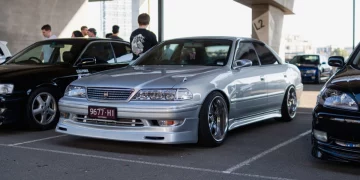

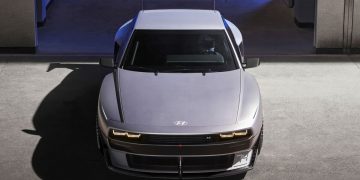

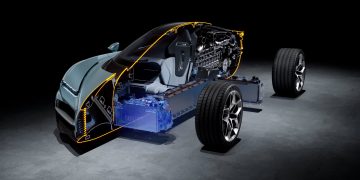












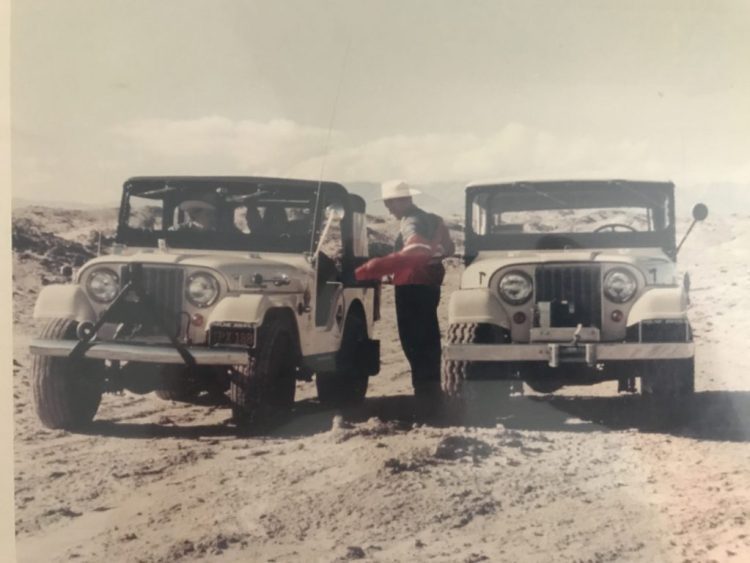












Discussion about this post